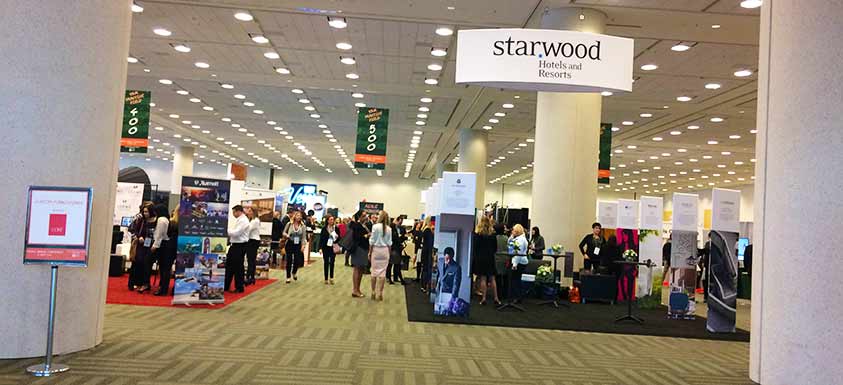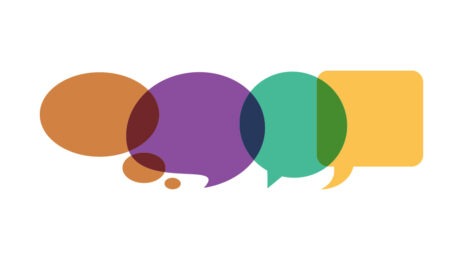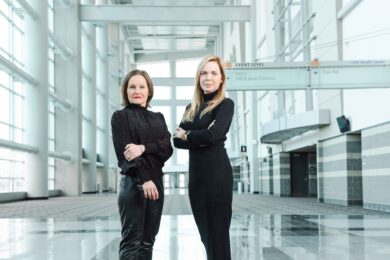A podium front and center; row after row of theater-style seating; the welcome page of a PowerPoint presentation projected onto a giant pull-down screen. Sound familiar? A workshop held at the 2016 Meeting Professionals International Northern California chapter started out just like any other. But that’s where the monotonous routine ended.
Titled “Devices Down! Engaging Today’s Audience Differently,” the hour-long education session led by Spin Planners Chairwoman Shawna Suckow covered so much more than setting aside smartphones and tablets at meetings. Attendees were up, walking, talking, sharing, listening, laughing, and above all, engaging.
Workshop Highlights
Debunking the learning theory. “Generation Z is coming,” Suckow warned. “Think of your audience as a bunch of 13-year-old boys. They can and plan to do many things at once. Talking at them for an hour at a time doesn’t work.” She’s talking, of course, about the next generation of planners, who are already tech-centric and were practically born multitasking.
Suckow then recollected a time when tradeshow tables were adorned with Slinkys and bouncy balls, based on the logic that adults needed a tactile experience in order to better absorb the information they were being given during conferences. “Yes, adults learn differently, but there’s no longer one adult learning theory,” she explained.
Today’s speakers and event planners must cater to a wide range of audiences at once. The different “types” so to speak, include the veterans and the newcomers, which encompass a huge range of generations, the right-minded versus left-minded thinkers (i.e. creative learners and analytical learners), introverts and extroverts, morning people and night owls, and the list goes on.
How do you please all of these types? You start by changing up the traditional agenda to provide options. Every talk and every activity might not appeal to everyone, but by offering various activities, you increase your chances of broadening your appeal. Start by considering changing up the 8 a.m. start time to appeal to those who don’t do their best creative learning and thinking early in the morning.
Remember the Four Cs. Community, collaboration, celebration, and changing lives. These, according to Suckow, are the reasons attendees are coming to events.
“Notice that none of the Cs are ‘content,’” she noted. “The content is nothing if you’re not engaging your audience. If the only thing people came for was the content, they’d stay home and read books and articles.”
Audiences should feel like a part of the event. They should be given the opportunity to discuss the topics that are important to them. And everyone attends an event with the hope that it will change some aspect of their life, whether that means growing their understanding of a topic or growing their network.
Suggestions for Your Next Event
1. Pair up newcomers with veterans. Do you ever notice that the industry vets are the ones hugging and greeting familiar faces, while the newcomers make a beeline for their seats and quietly wait for their session to start? Making connections is what your event is all about. If a seasoned attendee takes a rookie under their wing, they can make countless connections, but more importantly, they’ll have a better overall experience and will be that much more likely to come to the next event.
2. Create hubs with visibly assigned topics so attendees can make decisions about where to go and who to talk to based on the topic that interests them the most. Not everyone needs to brush up on contract negotiating, the same way not everyone is interested in talking about food and beverage.
3. Encourage your attendees (and your speakers) to think outside the box when it comes to introductions. As Suckow pointed out, you don’t leave many options for conversation when you start with, “Hi, my name is Shawna. I work for Spin and I’m from Minnesota.” At her session, Suckow asked attendees to share personal stories about themselves with strangers. First, to tell someone about their first memory. Then to brag about themselves in their jobs. Then to reveal a work struggle they’re dealing with. These intimate, human topics allowed attendees to see each other beyond their name tags and made lasting impressions.




